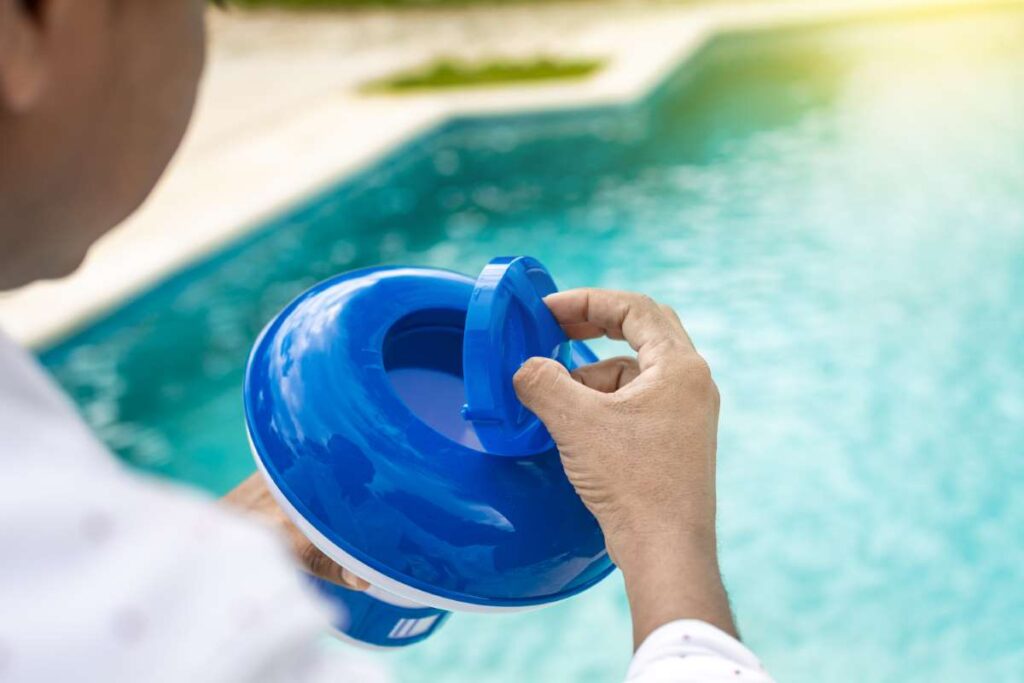Water Purification Innovations: Beyond Standard Chlorination
Explore cutting-edge water purification innovations that go beyond standard chlorination, ensuring cleaner and safer water for all. Discover the future!
As concerns about water quality heighten globally, traditional methods of water purification are evolving. Chlorination has long been the standard for disinfecting drinking water and swimming pools, but emerging technologies are redefining the landscape of water purification. This blog post delves into innovative purification methods that promise to provide safer and cleaner water without solely relying on chlorination. From advanced filtration systems to natural processes, we will explore various techniques, their benefits, and their implications for our health and environment.
The Importance of Water Purification
Water is essential for life, yet its availability and quality can be compromised by pollution, industrial runoff, and aging infrastructure. In light of these challenges, water purification is crucial not just for public health but also for environmental sustainability. – Health Risks: Contaminated water can harbor pathogens, chemicals, and heavy metals, leading to serious health issues like gastrointestinal diseases, reproductive problems, and neurological disorders.- Environmental Impact: Proper purification processes can help reduce harmful pollutants entering ecosystems, preserving biodiversity and maintaining natural habitats.- Regulatory Compliance: Governments and health organizations mandate strict regulations for water quality. Innovations in purification not only help comply with these regulations but can also enhance community trust.Given these reasons, it is vital to explore alternatives to chlorination that can improve water quality and safety.
Advanced Filtration Technologies
One of the most promising advancements in water purification is the development of advanced filtration technologies. These include:- Reverse Osmosis (RO): This process uses a semi-permeable membrane to remove ions, molecules, and larger particles from drinking water. It effectively filters out contaminants such as lead, fluoride, and chlorine, providing purified water that can taste and smell better. – Ultrafiltration (UF): Similar to RO, ultrafiltration employs a membrane to separate bacteria and larger particles from water. UF is often used in combination with other purification methods, enhancing overall effectiveness.- Nanofiltration: A cutting-edge technique that lies between RO and UF, nanofiltration can remove divalent ions and larger organic molecules, making it suitable for treating water with specific contaminants.These filtration technologies are increasingly being adopted in residential and commercial settings. Not only do they provide high-quality water, but they also reduce the need for chemical treatments, aligning with eco-friendly practices.
UV Radiation Treatment
Ultraviolet (UV) radiation treatment has gained popularity as an effective method for disinfecting water without the use of chemicals. This process involves exposing water to UV light, which alters the DNA of pathogens, rendering them unable to reproduce and cause harm.- Advantages of UV Treatment: – Rapid Disinfection: UV treatment occurs in seconds, making it a fast solution for water disinfection. – Chemical-Free: It eliminates the need for chlorine or other chemicals, reducing the risk of chemical residuals in drinking water. – Effectiveness Against Cryptosporidium: UV is particularly effective against resistant microorganisms like Cryptosporidium that are not easily eliminated by chlorination.While UV treatment is powerful, it does require clear water for optimal effectiveness, and it does not remove chemical contaminants. Therefore, it is often combined with other purification methods for comprehensive treatment.
Natural Water Purification Methods
In addition to technological advancements, natural purification methods are gaining traction as sustainable alternatives. These methods harness the natural processes found in ecosystems to clean water:- Constructed Wetlands: These engineered systems mimic natural wetlands, utilizing vegetation, soil, and microbial activity to filter and purify water. Constructed wetlands can effectively remove nutrients, sediments, and pathogens from wastewater. – Biofiltration: This method uses living biological materials to capture and biologically degrade pollutants from water. Biofilters can be tailored to target specific contaminants, making them versatile and efficient.- Solar Disinfection (SODIS): This simple and cost-effective method involves filling clear plastic bottles with contaminated water and exposing them to sunlight for several hours. UV radiation from the sun kills pathogens, making this an accessible option for communities in developing regions.These natural methods not only purify water but also enhance local biodiversity and eco-friendly practices, providing a balanced solution for water management.
Emerging Technologies in Water Purification
As we look towards the future, several emerging technologies show great promise in the realm of water purification. These innovations could significantly transform how we approach water treatment:- Graphene-based Filters: Research is underway to create filters made of graphene, a material that can selectively filter out salts and contaminants at the molecular level. These filters could provide highly efficient water purification at a reduced energy cost.- Electrochemical Water Treatment: This technology uses electric currents to remove contaminants from water. It offers advantages such as reduced chemical use and the ability to treat a wide range of pollutants effectively.- AI and IoT in Water Management: The integration of artificial intelligence (AI) and the Internet of Things (IoT) into water purification systems can optimize treatment processes, monitor water quality in real-time, and predict maintenance needs, ultimately enhancing system reliability and efficiency.These technologies represent just a fraction of what may be possible in the near future, signaling a shift towards a more innovative and sustainable approach to water purification.
Conclusion
Innovations in water purification are essential in addressing modern-day challenges related to water quality and safety. As we have explored throughout this post, methods beyond standard chlorination are not only available but are also becoming increasingly accessible and effective. From advanced filtration systems and UV radiation treatments to natural purification methods and emerging technologies, the future of water purification looks promising. It is crucial for individuals, communities, and industries to embrace these innovations, paving the way for a healthier and more sustainable water future.Whether you are an aspiring entrepreneur interested in entering the pool service and maintenance industry or an established service provider looking to expand, understanding water purification innovations can enhance your service offerings. For those looking for business opportunities, consider checking out
pool routes for sale to kickstart your journey in this growing market.Investing in effective water purification methods not only protects public health but also supports environmental sustainability for generations to come. Let us advance together towards cleaner, safer water for all!



